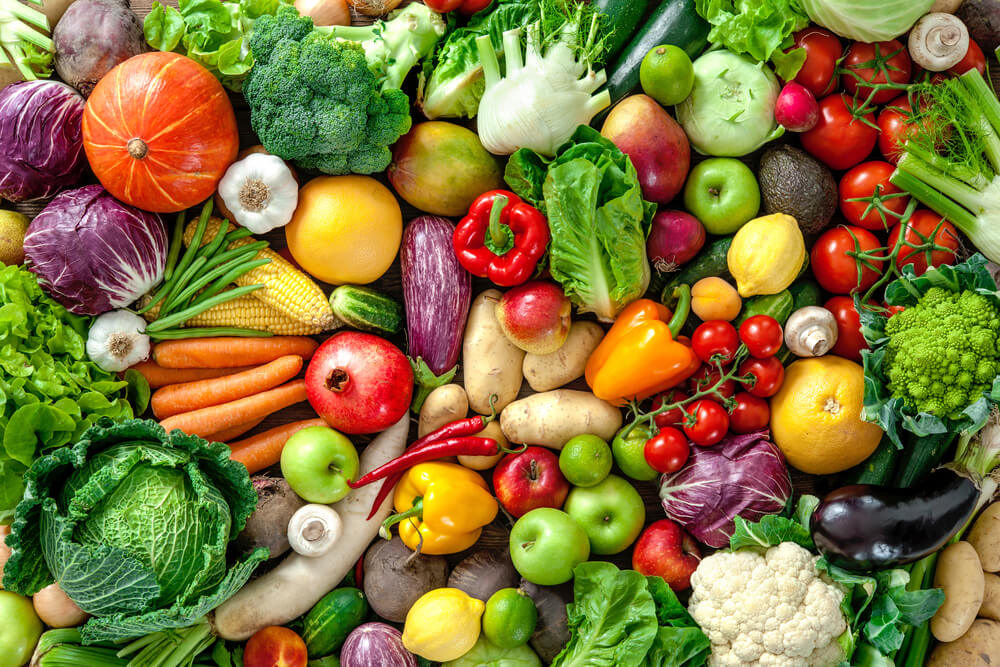
2022 marked the recovery from the Covid-19 pandemic, as well as geopolitical conflict which led to high energy costs and food inflation. Predictions for 2022 proved to seriously underestimate the heights that food inflation would reach. Although the repercussions will continue to be felt in 2023, the outlook for sustainable foods remains positive, according to Ecovia Intelligence, which has given its predictions for 2023. IGD predicts food inflation will peak at 17-19% in early 2023.
Sustainability Schemes & Certified Land
Adoption rates of sustainability schemes (organic, fair trade, RSPO, etc.) will continue to rise this year. Organic leads with a 75% share of all certified land. Consumer demand for eco-labelled food products and ethical sourcing pledges by food companies will drive growth.
Regenerative Agriculture
More food operators are expected to make commitments to regenerative agriculture. More standards are expected to be introduced in the coming year.
Upcycled Foods
Many new upcycled food and ingredients will be launched in 2023. Sustainability commitments and efficiency drives are encouraging food companies to develop upcycled products.
Plant-based Foods
The highest growth is now projected in the plant-based seafood sector. Expect to see new launches involving plant-based fish, calamari, shrimps, crab, etc.
Climate-neutral Foods
More food companies are expected to make climate-neutral pledges. Expect to see more brands make climate-neutral/carbon-neutral claims this year.
Plastic Footprint
Interest is growing in plastic-neutral schemes. Adoption rates are likely to rise in 2023.
Biodiversity Focus
195 countries made a commitment to protect 30% of land and water by 2030. Expect to see more operators make biodiversity and deforestation-free pledges.
Retailer Developments
The move to circularity is encouraging sustainable food retailers to adjust their business models. Expect to see more refillable bottles and containers and plastic-free options in food retailers.
What are the four regenerative agricultural practices?
Regenerative agriculture encompasses a holistic set of practices that aim to restore and enhance the health and resilience of the soil, water, and ecosystem.
- Conservation tillage: reducing or eliminating soil disturbance to improve soil structure and water retention
- Cover cropping: planting a diverse mix of plants to protect soil and provide organic matter
- Integrated pest management: using biological controls and other non-toxic methods to manage pests
- Holistic grazing management: rotating grazing animals to mimic natural herd movements, promoting healthy pastures and reducing erosion.
Is there regenerative agriculture in Australia?
Yes, regenerative agriculture is being practiced in Australia by farmers and other land managers. They use a combination of regenerative agricultural practices to improve soil health, biodiversity, and water retention while also reducing the use of synthetic chemicals and inputs.
What is the meaning of upcycled?
Upcycling refers to the process of taking a product or material that would otherwise be considered waste and transforming it into something of higher value or utility. Upcycling is a form of recycling, but it goes beyond simply reducing waste, it creates new and innovative products from old or discarded materials.
What is an example of an upcycled product?
An example of an upcycled product is turning used plastic bottles into fabric, which can then be used to make clothing, bags, or other items.
What foods are best for the environment?
Foods that are considered to be best for the environment are those that are grown or produced using sustainable and regenerative agricultural practices, such as organic, fair trade, and RSPO certified products. Plant-based foods, such as fruits, vegetables, and legumes, also have a lower environmental impact than meat and dairy products.
What is considered plant-based foods?
Plant-based foods refer to any food that is made from plants, including fruits, vegetables, grains, nuts, and legumes. This can also include food products made from plant-based ingredients, such as plant-based meat and dairy alternatives.
Which foods have the lowest environmental impact?
Foods that have the lowest environmental impact are those that are grown using sustainable and regenerative agricultural practices, such as organic, fair trade, and RSPO certified products. Plant-based foods, such as fruits, vegetables, and legumes, also have a lower environmental impact than meat and dairy products.
Why is my plastic footprint important?
Your plastic footprint refers to the amount of plastic that you use and dispose of in your daily life. It is important to minimise your plastic footprint because plastic pollution is a significant environmental problem that harms wildlife, marine life, and ecosystems. In addition, plastic takes hundreds of years to decompose, and most of it ends up in landfills or the ocean.
What does biodiversity focus on?
Biodiversity refers to the variety of life on Earth, including the variety of species, ecosystems, and genetic diversity within species. Biodiversity conservation focuses on protecting and preserving the diversity of life on Earth, and the ecosystems and habitats that support it. This includes protecting endangered species, preserving natural habitats, and managing human activities to reduce their impact on biodiversity.
Ready to reduce your carbon footprint?
Take action now! Calculate your carbon footprint using our Carbon Offset Calculator, or check out our Carbon Offset Guide!


